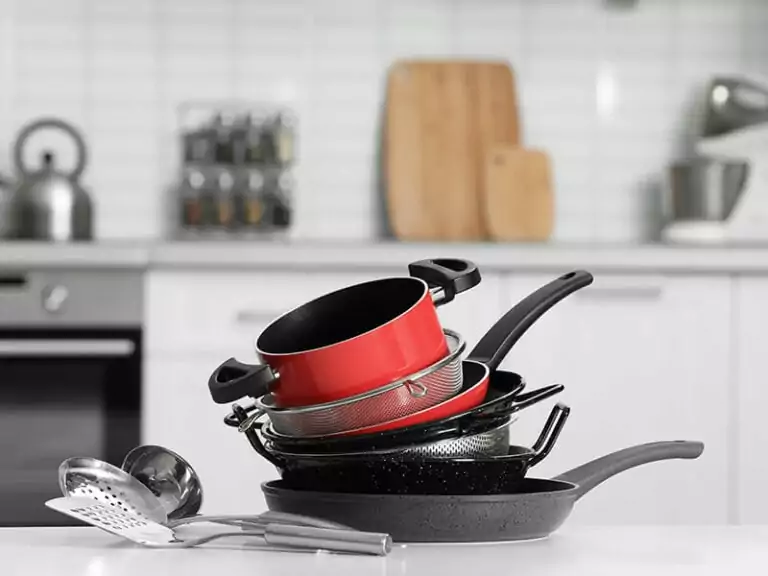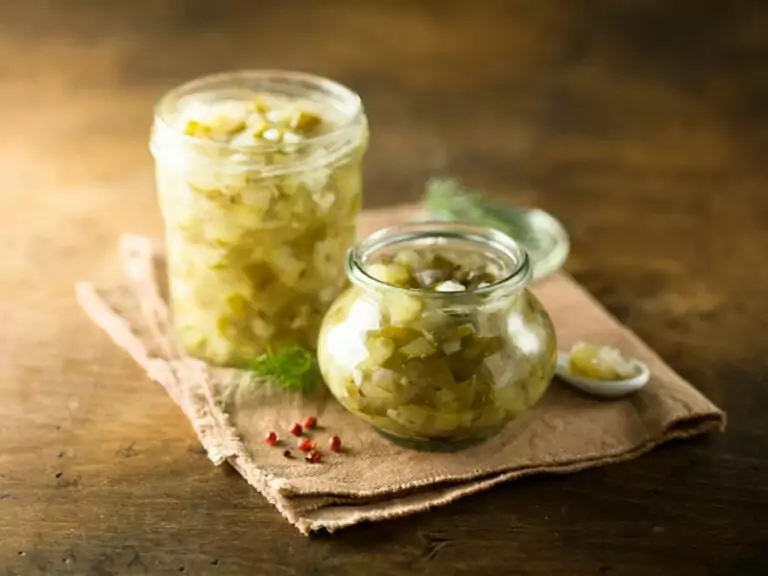“How to store instant yeast” would be one of the first questions for many novice bakers. As one of the most used bread-making ingredients, instant yeast appears in countless recipes. Keeping it in the best possible condition should be your priority.
No bakers want to end up with a failed dough by using dead yeasts. The only way to avoid such errors is to learn how to store these granules properly. In this guide, I will walk you through the instant yeast’s shelf life, storage methods, signs of spoilage, and many valuable tips.
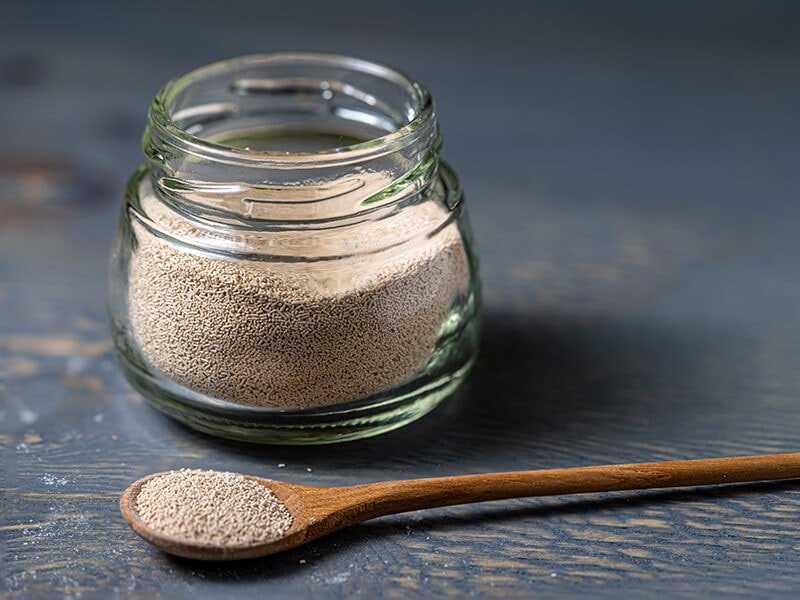
Let’s Talk About Instant Yeast
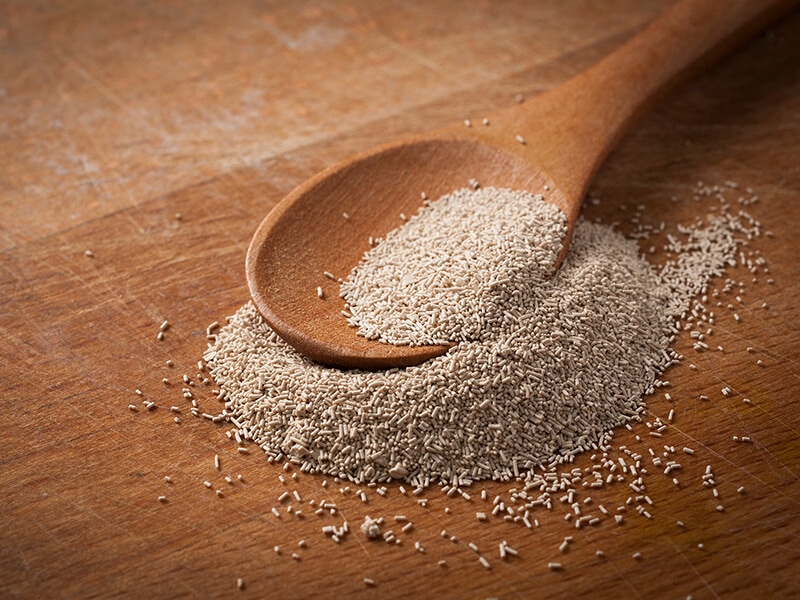
Rapid-rising or bread-machine yeast are interchangeable terms for instant yeast, though the names vary by brand. As one of the most common baking ingredients, this yeast is a god-sent for high-speed baking when it will cut the rising time required in half.
Instant yeast appears in dry forms, with small granulates. Since it absorbs liquid quickly, it’s possible to skip the initial rise time and shape loaves immediately after kneading. As its name implies, this type of yeast is designed to be used in a bread machine.
Unlike active dry yeast, instant yeast doesn’t need rehydrating before use, thanks to its porous structure. Therefore, you’re free to mix it directly with other dry products. Remember that these babies are not the best for slow or overnight recipes.
Discover more facts about instant yeast when it’s compared with active dry yeast.
Instant Yeast Storage 101 – Things You Should Know
Here is the part you are waiting for the most: yeast storage. Whether the yeast is unopened or opened, the length of its lifespan depends significantly on how to store it.
What To Know About Instant Yeast’s Shelf Life
It’s essential to check the best-buy date on the package and buy the freshest one. The table below will show you how long unopened (sealed) and opened instant yeast approximately last:
Newly-made yeast packages can stay at the best quality for around two years, whether at room temperature or under cold conditions. However, freezing the intact package can extend its shelf life by years because, after all, yeast doesn’t have a definite expiration date.
Once opened, the yeast’s shelf life will depend greatly on how you store it. As a rule of thumb, low temperature is ideal for storing yeast, so saving it in the freezer will prolong its shelf life longer than in the fridge.
Refrigerating opened yeast helps these microorganisms last for about four months. Meanwhile, proper storage in the freezer will keep it fresh for up to six months. Instant yeast will expire in less than a couple of months if left open on a shelf, depending on humidity and other factors.

Factors That Can Spoil Your Instant Yeast
To reach your instant yeast’s maximum shelf life, send it away from potential environmental threats. What you should do is find the right storage conditions that avoid the elements below:
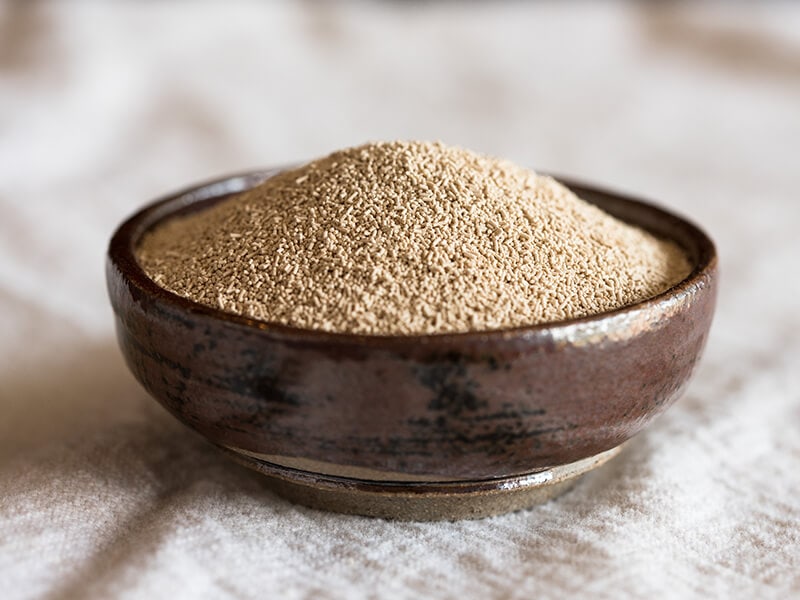
Heat
Yeast is sensitive to changes in the surrounding environments, and high temperature is one of the fatal reasons for this single-celled fungus. Therefore, it’s best to keep it away from direct heat sources or high-heat locations like stoves, hot kitchens, or more.
Moisture
Another factor that affects yeast’s survival mode is moisture. Although humid conditions are good for instant yeast growth (1), it’s not suitable for long-term storage.
When the yeast accidentally absorbs the moisture, it may “wake up” and become active. This contact will reduce the yeast’s shelf-life and cause it to spoil.
Oxygen
Exposure to air will shorten the life of yeast and cause it to deteriorate. While yeast packets are safe from this element since the air has been removed from the package, opened yeast is a different story. Thus, limiting oxygen contact with your opened yeasts will extend their shelf life.
Let’s Keep Your Instant Yeast Alive For A Long Term!
In this section, I will discuss storing unsealed and opened instant yeast. This item is tricky to deal with since it’s sensitive to environmental elements. Of course, you must pay extra attention once it’s opened and exposed to air. But don’t think that your yeast is safe in the sealed packets.
Accurate Methods To Store Unopened Instant Yeast
If you want to keep the yeast outside the fridge and freezer, it’s best to leave it intact and sealed. At room temperature, place unopened yeast in a cool, air-ventilated, and dark place. Most importantly, keep it free from anywhere exposed to moisture and heat.
An intact package of yeast can stay in the cupboard or pantry with a shelf-life of up to 2 years. Though keeping sealed yeast in the refrigerator or freezer is unnecessary, use whichever method is according to your liking.
For freezing options, remember not to leave these sensitive microorganisms in the door of a freezer or the freezer with an auto-defrost feature. Doing this will force the yeast to face constant temperature changes, leading to accelerated spoilage.
If you don’t bake daily, purchasing smaller packets is a better option, though it’s more expensive than buying yeast in bulk. Each packet usually contains enough yeast for each use, so you will not worry about repackaging once opening it.
What’s About Opened Yeast
Yeast is a living microorganism (2). Thus, it will go inactive over time even if you never open its packages. Only the correct storage will get the most extended shelf life out of it. Unsealed packets or jarred yeast may need more complicated steps, but your effort will be worth it.
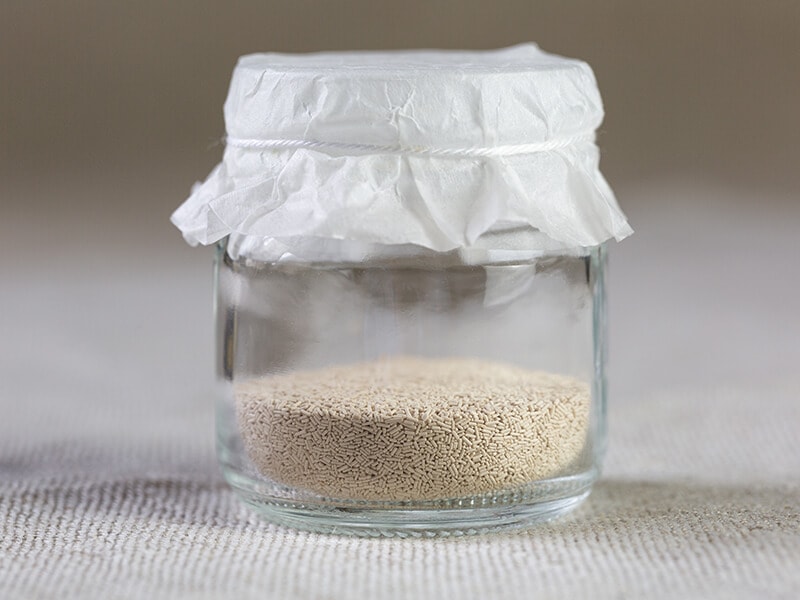
Step 1: Keep It Airtight
Vacuum sealing is the ultimate option for storing opened yeast, especially when buying big packages. Even better, you’re free to break the yeast into more minor potions and seal them into small bags with as little air as possible.
On the other hand, if using instant yeast sold in individual packets and bags, you can press air out of the package and use the sealer or tape to shut the bags. For better protection, transfer them to a glass jar, Tupperware container, or airtight container.
Step 2: Label It
Label the bags or containers with the expiration date. Otherwise, as time goes by, you will have no idea how long they have been sitting there.
Step 3: Chill Your Resealed Yeast In The Fridge/ Freezer
Move the yeast bags or containers to the refrigerator if you plan to use them in the immediate future. Depending on space and preferences, your fridge is excellent for long-term storage up to four months beyond the yeast expiration date.
Freezing is another option for storing dry yeast. It puts these microorganisms in a state of hibernation when the temperatures drop below 50°F. All you need to do is send the yeast container straight to the freezer, and you’re all set.
Learn how to keep instant yeast for long-term storage here, and you’ll be surprised to know how long it can possibly last.
How To Use Frozen Instant Yeast
Far from hurting yeast cells, freezing has no adverse effects on yeast viability. However, the yeast should come to room temperature before being added to your recipe. The best move would be to thaw the powders in the fridge and then transfer them to room temperature.
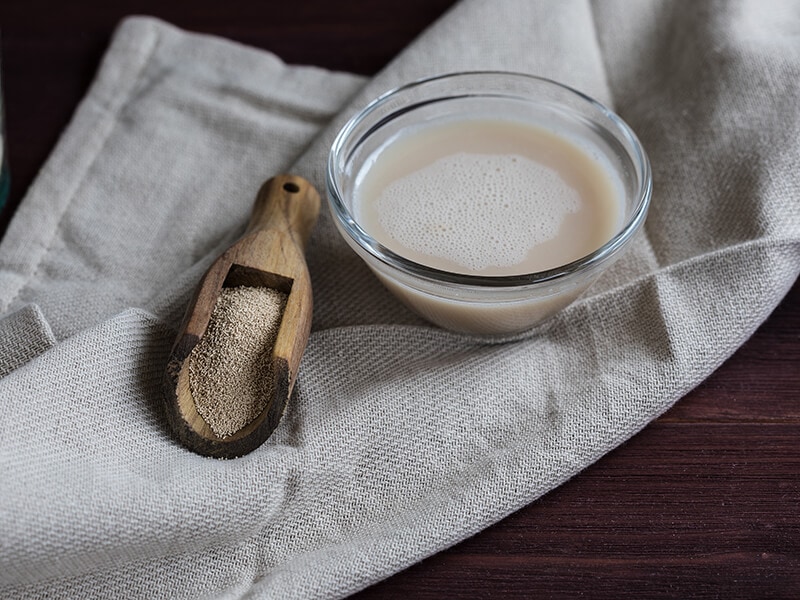
Step 1: Defrost Frozen Yeast In The Fridge
Remove the yeast from the freezer and thaw it in the fridge overnight. You should only defrost the amount of yeast needed to use at the time.
Step 2: Let It Stand At Room Temperature
Before using it in baking, give the thawed granules about 30 – 60 minutes to return to room temperature. After the standing time, you’re welcome to mix yeast directly with other ingredients. However, if you doubt the yeast viability, carry on to step 3.
Step 3: Proofing It
Mix the granulates with warm water at 105°F – 110°F and sugar for about 5 – 10 minutes. Come back and check the foam on top of the liquid. If bubbles appear, your yeast is alive and ready to use. Otherwise, discard it.
On the other hand, using yeast straight from the freezer is also acceptable, with no defrosting involved. However, when these microorganisms sit in the freezer for too long, testing them with warm water is a must to ensure whether they’re still alive and active.
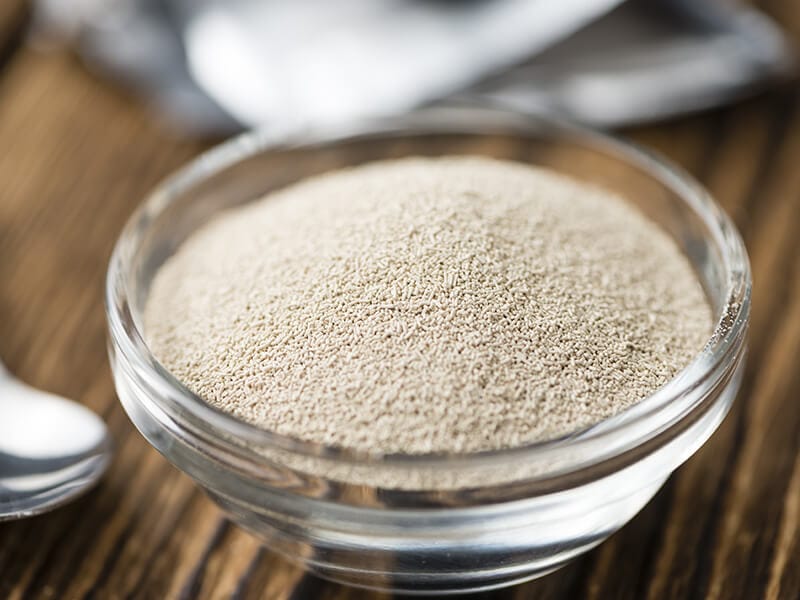
Instant Yeast And Its Expiration Date – What You Need To Know
It’s no secret that yeast can expire, which means the cells are no longer active. Note that dead yeast doesn’t spoil to the point of being poisonous and makes people sick. As a living organism, yeast is harmless when it dies.
Signs Of Dead Instant Yeast
As clearly as you can tell if yeast is still good to go, it’s easy to know when this single-celled fungus has spoiled based on external evidence like color or smell. Check these signs carefully so that you don’t misuse bad yeast and have to start a new baking batch again.
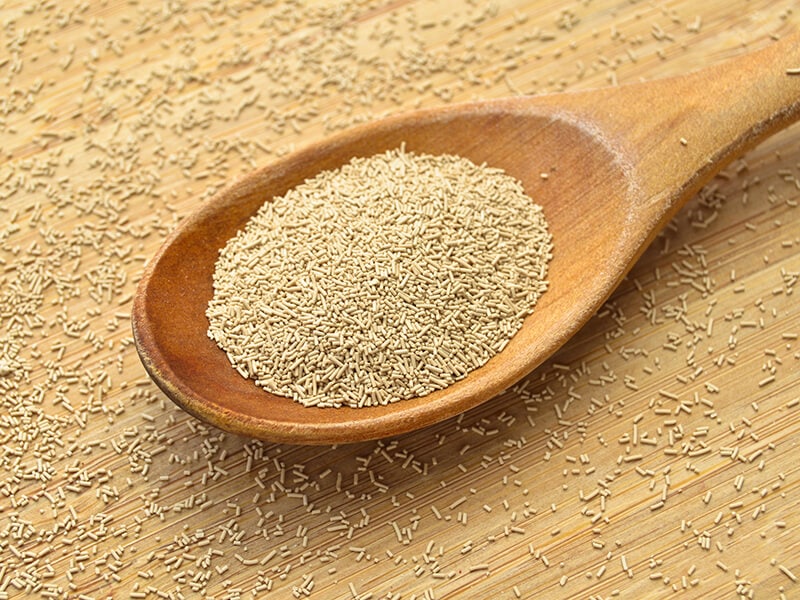
Appearance
Regarding signs of spoiled yeast, the most oblivious thing is color. While healthy instant yeast is light beige, the expired powders will turn darker in color, resulting in gray or dark brown. Moreover, when your yeast forms wet clumps or organic growth, it’s time to say farewell to it.
Smell
Another criterion to judge yeast viability is the aroma, so take a sniff at your yeast to see if it has gone rancid. Healthy, active yeast delivers a pleasantly sweet, beer-like scent. In case the powders emit an unpleasant odor, it’s a clear sign of spoilage.
Poofing Results
If everything seems fine, but you’re still in doubt since the yeast is nearing its date, proof it and judge based on the results. Dissolve instant yeast in warm water with sugar; if no layer of bubbles shows up after ten minutes, start a new batch.
If you don’t know how to proof your instant yeast, follow this simple step-by-step instruction.
Don’t Throw Away Your Expired Instant Yeast Yet
What will you do with expired yeast? Discarding it is an option, but there are chances that it’s still valuable for your recipe. Let’s be clear that expired yeast is different from dead yeast. Under correct storage, yeast can remain active when it passes the expiration dates for years.
Expired yeast isn’t dangerous to consume. Instead, it will just lose potency and take longer to raise the dough. Therefore, expired instant yeast is an acceptable choice if you’re in a pinch. Based on the yeast’s age, use a larger amount than the recipe states to raise the dough.
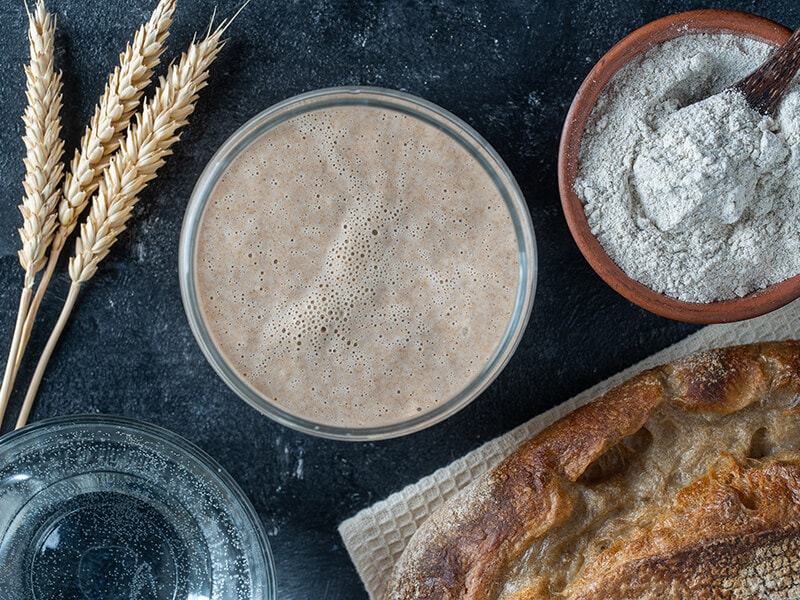
Best Recipes With Instant Yeast For Home Bakers
There are reasons that instant yeast is the number one choice for many novice bakers in this bakery world. This fast-acting yeast is a superb ally in your kitchen and will help you get the best results quickly. Are you ready to give it a try?
1. Naan Recipe (Indian Flatbread)
If you can’t forget the delicious naan bread at Indian restaurants, make a new batch at home. The best part is that all the ingredients are low-priced and easy to find. Don’t forget the instant yeast since it’s the secret to making this flatbread bubble up.
2. French Bread Recipe
This French bread recipe is a great start for newbies in the baking world since it’s super easy to make with an affordable budget. You are ready to create a masterpiece with only five ingredients on the table. Plus, you’re free to shape the bread according to your liking.
3. Homemade Fried Yeast Doughnuts
To be honest, doughnuts are my obsession. Therefore, it’s my honor to introduce you to these homemade fried yeast doughnuts. Sweet, soft, fluffy, and delicious are what I can say about these yellow treasures. This recipe can serve 15 – 20 people, so give it a shot at your next party.
4. Challah Bread (Ashkenazi Jewish Braided Bread)
Originating from Ashkenazi Jewish, challah bread often features in major celebrations of Jews. But you don’t need to wait until special occasions to try it with this simple recipe. Even better, the leftover bread could turn into challah French toast for your next breakfast.
FAQs
Nothing makes me happier than approaching a wealth of knowledge, so allow me to share with you some extra information about this topic. I’m sure you will find something practical along the way.
Are You “Bready” To Store Your Instant Yeast?
Even unsealed instant yeast can lose its potency if you don’t store it with proper precautions. Now you have learned all the tricks and tips to keep these granules as long as possible. Whether storing a small packet or a big container of yeast, it won’t be a problem for you.
If you have used all the tips above and success, let me know in the comment below. Don’t be shy to share your experience with other readers and me. Please introduce this post to anyone who is struggling to store these microorganisms. Until next time!
References
- Yeast – A Treatise (no date) Yeast-section one. The Artisan.
- Harmon, K. (2011) Yeast alive! Watch yeast live and breathe, Scientific American. Scientific American.



